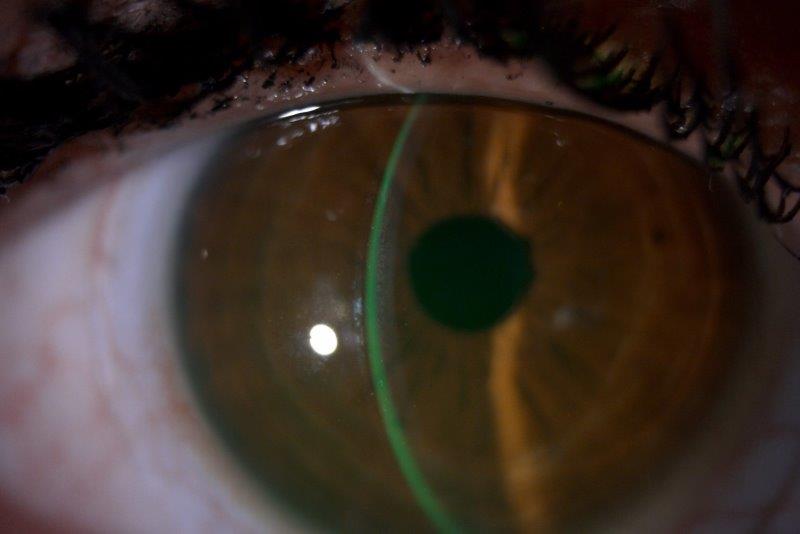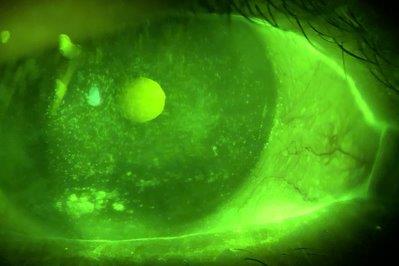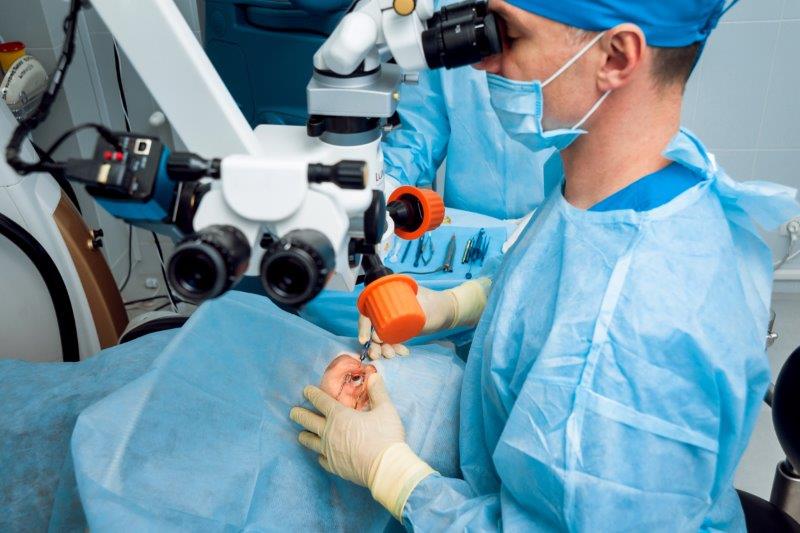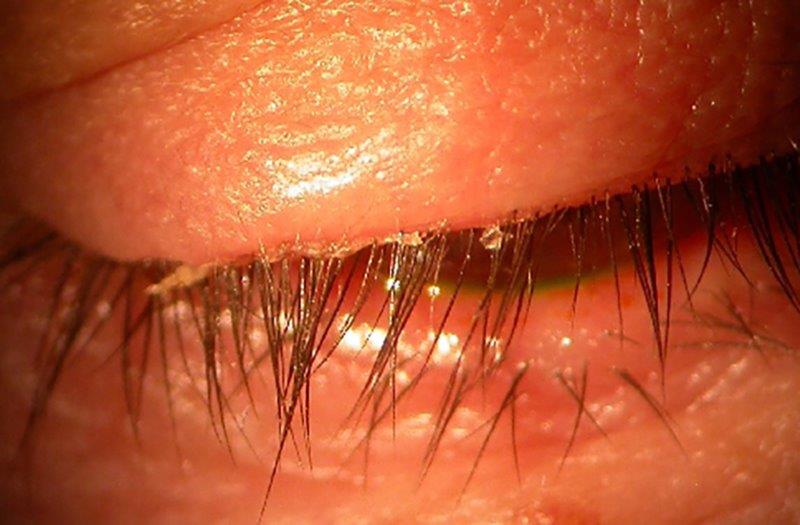DED overlooked in low vision patients
A retrospective review by researchers at the University of Montreal, Canada, has concluded that despite low vision patients having multiple risk factors for DED, tests for the disease are rarely performed in low-vision eye examinations.
Reviewing the charts of 201 low-vision patients, researchers noted that 25% mentioned at least one dry eye disease symptom, 30% were using systemic medications that can exacerbate DED and 49% reported at least one systemic disease thought to contribute to DED symptoms, while 72% acknowledged having at least one type of ocular surgery. Artificial tears had been used by nearly 37%, yet few had had specific DED tests performed, with the exception of a corneal integrity assessment which was reported by just under 9% of patients.
“With the use of visual aids in low-vision patients more likely to be increasingly digital in the future, coupled with the need for sustained gaze and the current age demographics, low vision patients may be more at risk for an altered tear film leading to dry eye disease,” wrote lead author Professor Etty Bitton, director of the Dry Eye Clinic at Montréal University. “It may also be clinically relevant to determine if low vision patients have risk factors for dry eye disease, other than disease.”

Prof Etty Bitton
In their paper, published in Optometry and Vision Science, Prof Bitton and her colleagues said that since low vision and DED can share underlying causes, more effort should be made to assess DED in this patient cohort to enhance their comfort and functional vision.


























